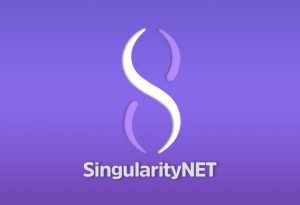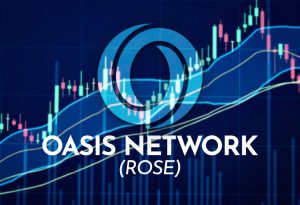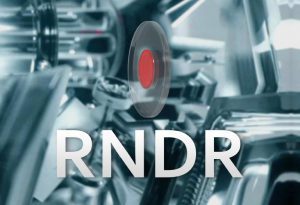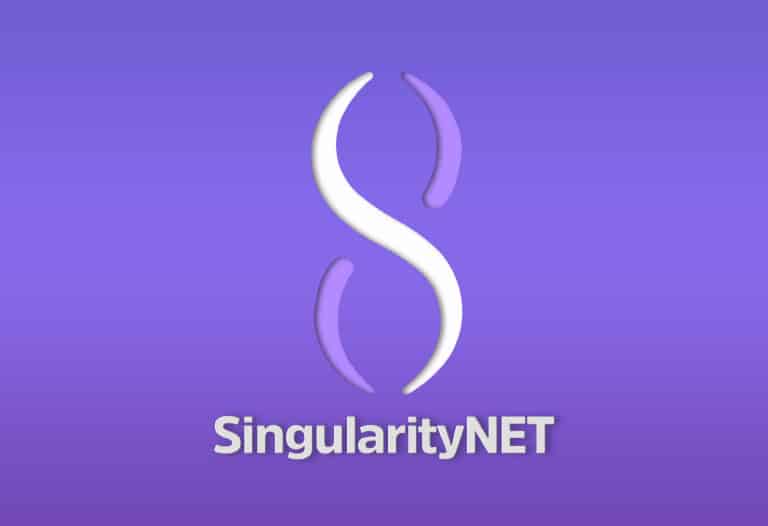
Table of Contents
ToggleThe world of cryptocurrencies is full of interesting projects and it never hurts to know about them. Today we bring you one of them, SingularityNET. In this post we tell you all about what it is and how it works.
SingularityNET is a project that is focused on linking the blockchain world to the world of Artificial Intelligence or AI. The main objective is to develop an AI solution built entirely on a decentralized platform with global access. This project seeks to be able to unite AI and coordinate them so that all these elements work together.
All these objectives lead to the same point, to develop a framework of interoperability between the different Artificial Intelligences, so that they can exchange information and complement each other.
History of SingularityNET
The SingularityNET project has a large development team. This team consists mostly of scientists, developers, researchers and artificial intelligence engineers.
SingularityNET was founded by Dr. Ben Goertzel who is currently the executive director and chief scientist of the project. Other developers include Simone Giacomelli and Dr. David Hanson.
Ben Goertzel is a well-known figure in the artificial intelligence and robotic intelligence industry. He has a long and distinguished history of working in advanced technology companies such as Hanson Robotics and the OpenCog Foundation. Ben also serves as Chief Scientist at Mozi Health and as Vice President of Humanity+.
Simone Giacomelli on the other hand is also an entrepreneur and investor who previously worked at the crypto consulting firm called Cryptodex. Simone left the SingularityNET project in March 2019 and is currently working at the Vulpem technology R&D lab. The said lab was founded by her in 2015.
Finally we have the third co-founder of the project, Dr. David Hanson who has a long and varied history in the robotics industry. He worked for Disney between 1998 and 2001 and later founded several robotics startups. These include Human Emulation Robotics, Initiative for Awakening Machines or Hanson Robotics during the last 20 years.
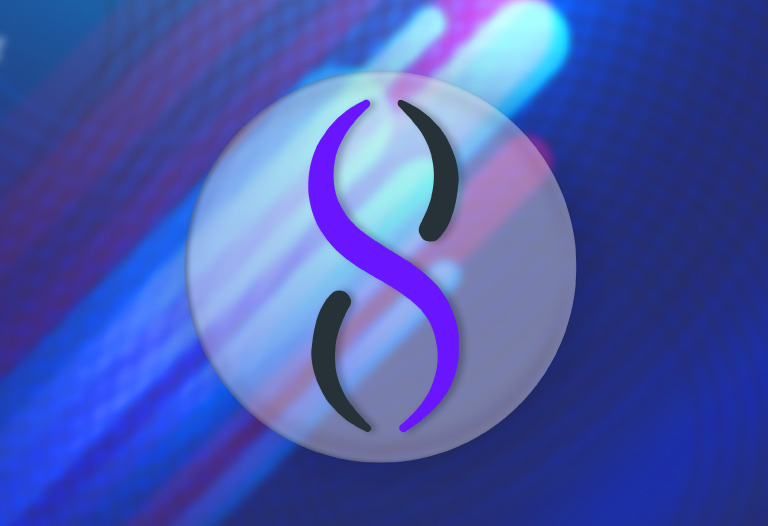
SingularityNET Objectives
The SingularityNET platform aims to develop a decentralized network of AI services, thus creating the new concept of “AI-as-a-Service (AIaaS)” or “AI as a Service”. It thus enables the development of an AI (Artificial Intelligence) market that is accessible and regulated. This entire system is based on the Ethereum network, where the decentralized logic of the system is deployed through its powerful smart contracts.
The decision to use Ethereum was made due to both conceptual and practical issues. The first reason was its reliability characteristics. On the other hand, the speed in block validation times.
For this reason, SingularityNET tools seek to separate and reduce all blockchain interactions. It should be noted that both the daemon or “daemon” and the CLI (Command Line Interface) and SDK (Software Developer Kit) of the ecosystem offer tools for this, thus allowing access to network resources by making use of multiparty escrow contracts and unidirectional atomic channels oriented to payments. In other words, this whole system seeks to make the use of the network more economical without overloading the Ethereum system.
In addition, the use of the Ethereum network also allows us to have tools to facilitate the integration of decentralized systems such as IPFS and P2P computing. In this way, the SingularityNET platform achieves greater abstraction with a single flexible tool that in turn helps the network provide scalability, robustness, distribution and management features.
How does SingularityNET work?
The functioning of SingularityNET is not only that of a blockchain, but it also brings together various elements of a project with the aim of developing a blockchain network that supports the development of Artificial Intelligence services. Below we will see the elements that make its operation possible:
SingularityNET Daemon
The SingularityNET daemon is the adapter that a service can use to interact with the SingularityNET platform. Speaking in a more computer science language, it is a proxy, that is, a deployed process attached to a main application (which would be the AI, in this case) to achieve the abstraction of some architectural concerns such as registration and configuration, as well as certain complete aspects of the project, such as the interaction with smart contracts or even the idea of using the Ethereum blockchain.
The Daemon abstraction has two main responsibilities. These are payments and application translation. For payment authorization, Daemon interacts with the multiparty escrow contract.
SingularityNET Registry
The SingularityNET Registry is an ERC-165 compliant smart contract on the Ethereum blockchain that stores organizations, services and type repositories. AI developers employ the Registry to be able to advertise the details of their services, and consumers employ the Registry to find the services they need. When a user requests a service from the Marketplace DApp (Decentralized Application), the DApp reads the details of the services from the Registry. The Registry also allows tagging of services and type to enable searching and filtering.
MarketPlace for AI
This system includes a SingularityNET Marketplace DApp. This DApp functions as an entry point to discover and employ AI services in SingularityNET. Such DApp is responsible for reading the data from the blockchain Registry and matches it with the metadata of the chain. In this way it enables other services such as integrating SingularityNET’s curation service, allows AI services to display custom UI components or allowing consumers to rate the services they have used, among others.
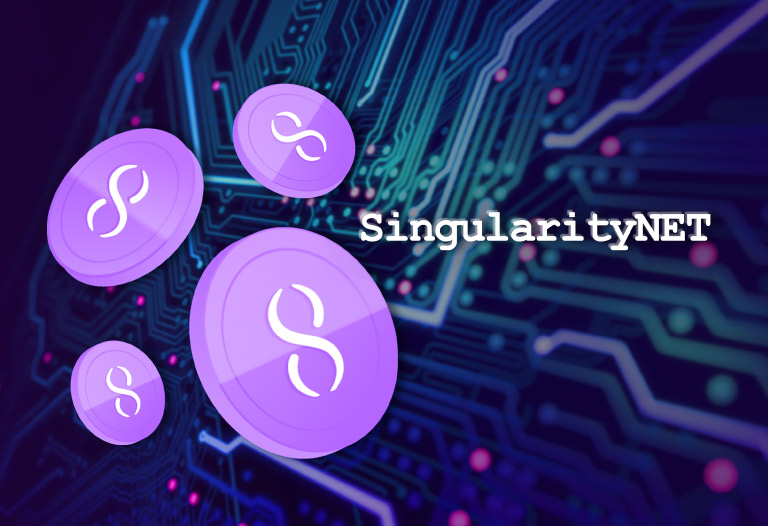
What is AGIX?
As in most projects, SingilarityNET has its utility token. AGIX is the project’s native token. This token was developed to monetize and mobilize value by making use of and providing AI services. This is possible due to its globally accessible AI marketplace.
Through SingularityNET’s Marketplace, users have the ability to search, test and purchase a wide variety of AI services via the AGIX token. The SingularityNET Marketplace functions as an outlet that AI developers can employ to publish and sell their AI tools, while easily tracking their performance. It should be noted that the maximum supply of tokens is limited to 1,000,000,000,000 AGIX.





